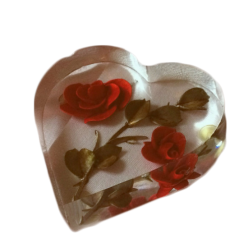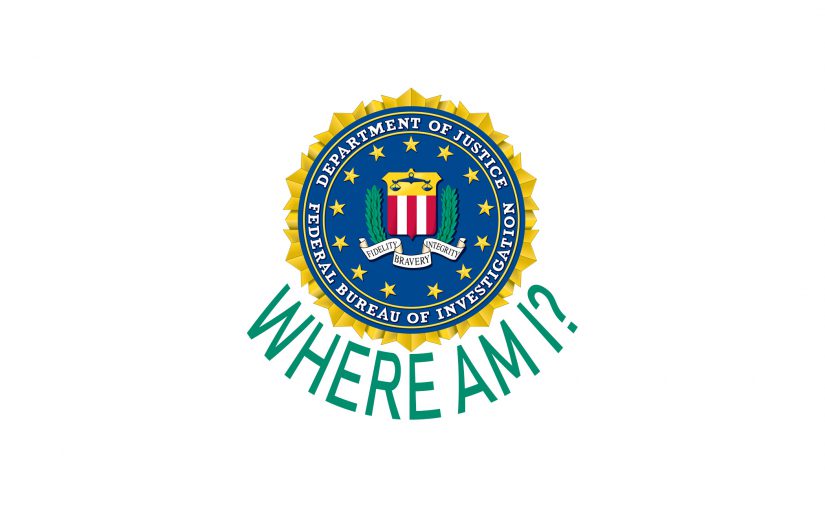Social broadcasting is the future of traditional medias such as the television and newspaper.
The broadcasting of video, text and pictures directly to an intended audience through social media channels such as Facebook, Youtube, Instagram and other channels as opposed to traditional channels such as radio, TV and print.
Above is the exact definition of social broadcasting. Most social media platforms are available worldwide which makes social broadcasting more extensive and public as compared to television or radio. When you post something online, everyone and anyone can see it. As the name suggests, it is social. Users get to share opinions and perspectives on whatever that is being shared online. Not only that, they also get to collaborate and DIWO (Do It With Others). This immensely improves the quality of a piece of work for instance as makers have access to immediate critiques through the net.

“Angry Women” is an example of a work that utilizes social broadcasting. In this piece, several women unite on a shared interface where they can see and hear the rest of the performers all at the same time as seen in the image above.
The women are tasked to express their anger according to a protocol or script until no anger is left as seen in the video above. Annie Abrahams wanted to explore how an expression such as anger in this case can disturb a group’s dynamic. She found that the project created a situation of “lonely togetherness, of life constructing a commonality, of being together and sharing this condition of co-responsibility, of scripted auto-organisation” (Annie Abrahams, Trapped to Reveal, 2011, Journal for Artistic Research).
The most interesting bit about this project to me is the fact that the women are mostly from different parts of the world with different time zones yet they are able to work together. I think that accentuates the wonder of social broadcasting. It enabled communication which then allowed for collaboration. We are able to view the performers live online which would have been impossible through traditional media. Social broadcasting strengthens networks more than ever.






